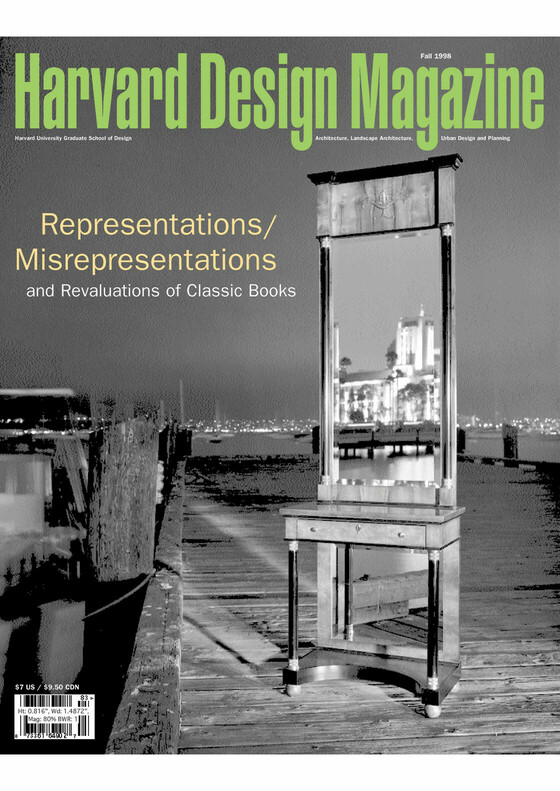Landscape for Living by Garrett Eckbo
6: Representations / Misrepresentations and Revaluations of Classic Books

Sometimes there is a relatively insignificant gap between what we see in photographs and what we experience with their subjects. Sometimes too, the designed place is much more impressive and interesting than in any photograph. Photography is impotent or feeble in picturing huge objects, wrap-around spaces, sequential spaces, human use, fine detailing, and, of course, anything dependent on senses other than sight. Even Ansel Adams does not sufficiently convey the sublime enormity of Half Dome at Yosemite. The impact of the Vietnam Veterans Memorial in Washington depends on being able to read specific inscribed names while seeing peripherally walls of granite etched with more than 50,000 names. The effect of Richard Haag’s Moss Garden at Bloedel Reserve depends on the unphotographable experience of feeling enveloped by a superabundance of plants. You cannot, in a photograph of Brunelleschi’s Pazzi Chapel, represent visitors’ awareness of what is behind them, and its proximity and its symmetry with what is before them. The refined craftsmanship of wood details at Greene and Greene’s Gamble House, and the pleasure of touching that wood, cannot be conveyed by a few close-up photos.
Photographs usually lead, then, to over- or under-estimation of designed places: I was thrilled to find Ralph Erskine’s London Ark not boring or awkward, as its photographs suggested, but instead the most humane office building I have seen–or in this case heard and smelled, for its large, irregular, wood-detailed central atrium is amazingly quiet and filled with noticeably fresh, often renewed air. But Richard Rogers’s Lloyds of London building–which appears aggressively (but impressively) tough in photographs of the skyline–seemed, up close (a view less often presented in publications), a monstrous machine, cold and distancing, making its workers seem tiny robotic functionaries.
— William S. Saunders (excerpted from the introduction)
James S. Russell
Luis Fernández-Galiano
Daniel Naegele
James Corner
Thomas L. Schumacher
Sandy Isenstadt
William J. Mitchell
Iain Boyd Whyte
David Leatherbarrow
Edward Ford
Barbara Maria Stafford
James S. Ackerman
Felicity Scott
Robert Harbison
Robert Riley
Robert Harbison
Joseph Rykwert
Elizabeth Wilson
Edward Eigen
Joan Ockman
Thomas L. Schumacher
Jonathan Hale
Mitchell Schwarzer